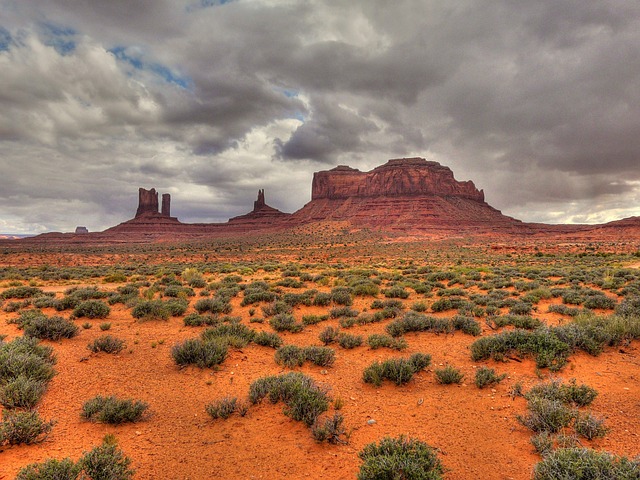Mastering HDR Lighting Techniques in Photography
When it comes to photography, capturing the perfect shot often boils down to how well you manage light. One of the most powerful techniques at your disposal is HDR, or High Dynamic Range imaging. This method has transformed the way photographers approach exposure, allowing them to create stunning images that vividly capture the full range of light and color in any scene.
Understanding HDR
At its core, HDR involves combining multiple exposures of the same scene to create a single image that holds detail in both the highlights and shadows. With traditional photography, your camera might struggle to balance bright skies with darker landscapes. However, by utilizing HDR techniques, you can ensure that every element of your photo is perfectly lit, ensuring no detail is lost.
The Power of Optics
To get started with HDR, you first need to understand the role of your camera’s optics. The lens you choose can have a significant impact on how light is captured. A good quality lens will allow more light to enter while reducing distortions that can affect the final output. Investing in a prime lens or a high-performance zoom can make a world of difference, especially in challenging lighting conditions.
Perfecting Your Photography Technique
When shooting for HDR, certain techniques can significantly enhance your final results. Begin by using a sturdy tripod to keep your camera stable during the multiple exposures required. Typically, you will want to capture at least three images at different exposure levels: one perfectly exposed, one underexposed, and one overexposed. This method ensures you have a variety of tones to work with when merging the images in post-processing.
Lighting Conditions
The magic of HDR shines brightest in high-contrast situations where light sources and shadows coexist. For instance, capturing a sunset where the sky bursts with color, but the foreground remains dark can be a challenge for standard photography. Here, HDR becomes essential, as it allows you to preserve the vibrancy of the sky while revealing the intricate details of the landscape below.
Post-Processing and Refinement
Once you have your multiple images, the next step is in post-processing. Software like Adobe Lightroom or Photoshop offers excellent tools for merging your HDR photos and further refining the image. It’s here where you can tweak your adjustments to perfect the highlights, shadows, contrast, and color saturation, bringing your vision to life.
Embrace the HDR Aesthetic
When executed well, HDR can produce stunning results that resonate with viewers on an emotional level. The depth and dimension it provides can make your photos jump off the screen, drawing the viewer into the scene. Whether you’re photographing a bustling cityscape or a tranquil nature scene, harnessing the power of HDR can elevate your work dramatically.
So grab your camera, find a beautiful scene, and start experimenting with HDR lighting techniques to unlock the full potential of your photography. The world of high dynamic range imaging awaits, and the results are truly breathtaking!




